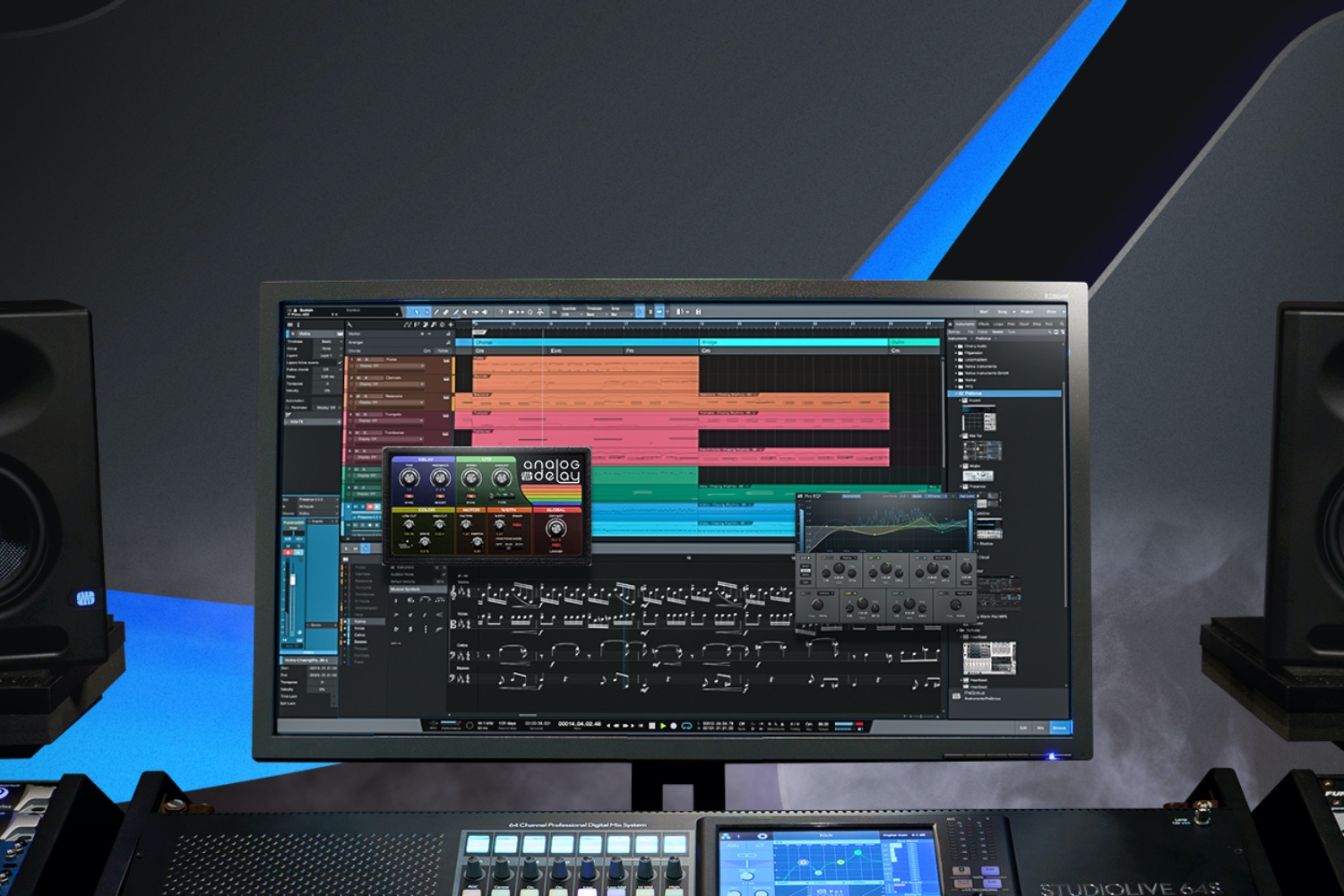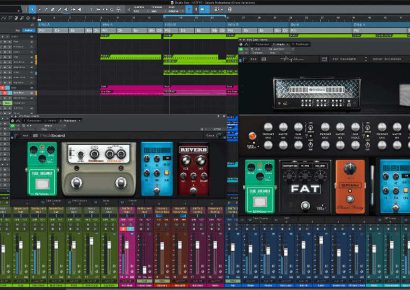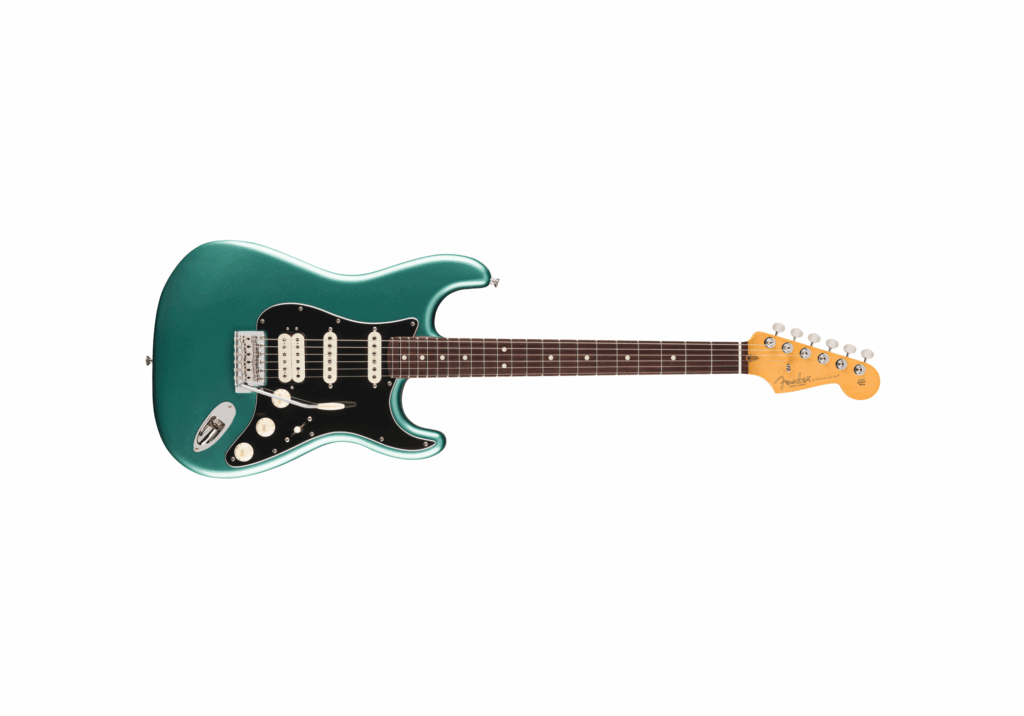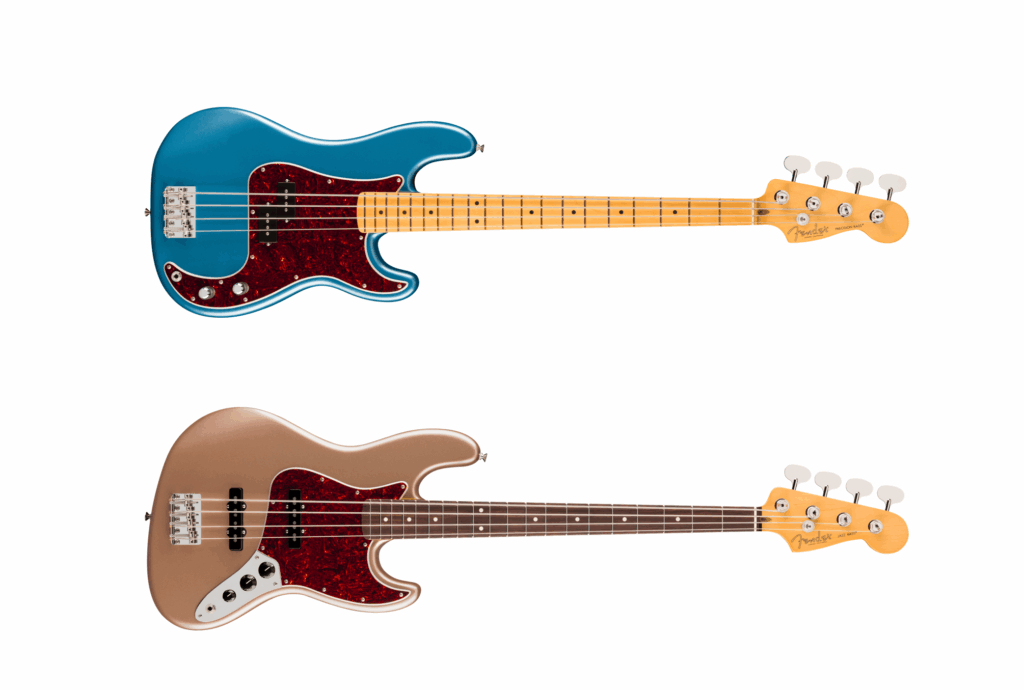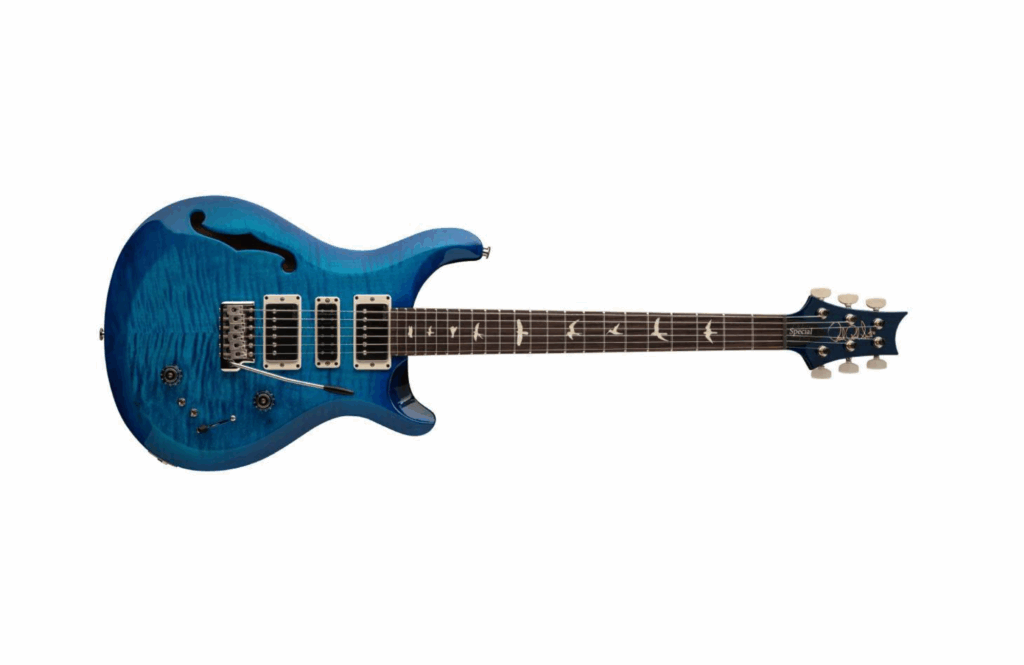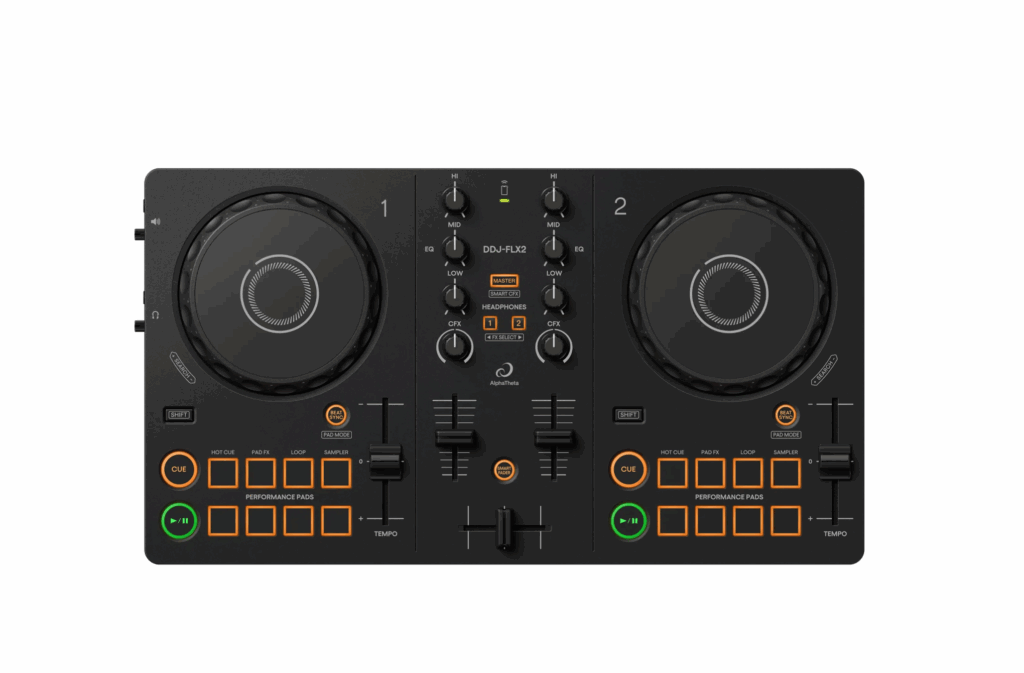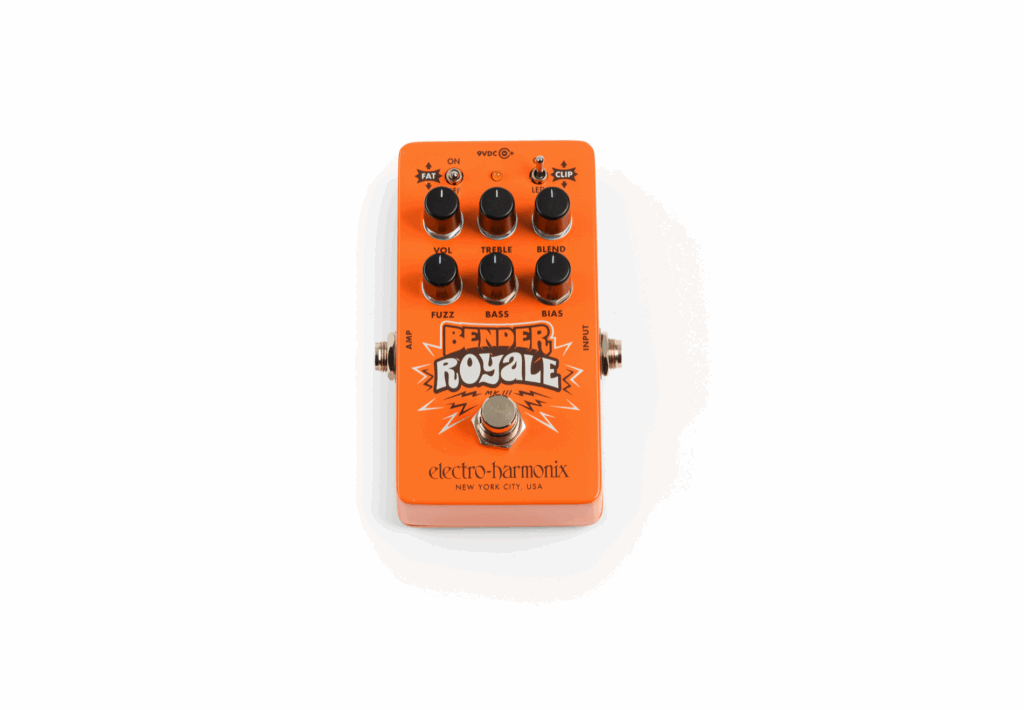Link Audio | Expect to pay: $599.99
PreSonus have been in the DAW world for the past ten years, which by the standard of modern recording software officially makes them a veteran in the space at this point.
Catch up on all the latest music gear reviews here.
What started as a sister piece to their ubiquitous and game changing StudioLive series of interfaces/mixers has over time, grown into a sophisticated recording software all of its own, with a powerful feature set and one of the smoothest and most intuitive workflows going.
With Studio One 5.2, PreSonus look to have a landmark release on their hands in regards to their flagship recording software, continuing to straddle the line between stage and studio in effortless style, and with some powerful new features that are sure to appease both the drag and drop and linear schools of production workflow in equal measure.
First point of call is PreSonus’ generously large native effects library, which has received a lot of love in this upgrade.
Analog Delay now looks and sounds more analogue, both due to its new funky design and improved hardware modelling of analogue gear, which has been applied to a range of native effects across Version 5.
ProEQ2 has received a linear phase high-pass filter, which is an awesome addition to a tool which is likely to see more use than almost anything on a mix. Safe to say that maintaining this phase correlation through the early stages of processing, makes for awesome peace of mind and better sounding stems at the instrument busses.
While on the topic of instruments, Rotor, an emulation of a classic organ amplifier (that may or may not rhyme with Wesley) looks and sounds incredible, and is a picture perfect sonic representation of the fabled piece of gear. The graphics on the UI itself also make it one of the most aesthetically pleasing VST’s I’ve worked with in recent times. Quality stuff here.
Clip editing in Studio One 5, now features score view, perfect for musicians and composers who love to create in this format. All the data from MIDI will appear in the score and vice versa.
In order to export the score you will need a copy of Notion, PreSonus’ notation software which is included in the PreSonus Sphere subscription service, but I can see this being a particularly good workflow tool for the multi-disciplinary artist, film composer or songwriter looking to integrate session musicians into the fold. Being able to compose, track, notate, mix all in the same software and with minimal double handling is a definitely a coup.
The new clip gain edit feature is a breeze to use and actually alters the waveform display relative to the changes you apply to the clip itself, which is both a novel and intuitive feature and really helps visualise gain staging and relative levels at mix.
Studio One differs from many of its contemporaries in its virtuoso use of windows and multiple workflow options to navigate the various parts of the creative process.
The Song view for instance, is home to one of my favourite features: The Scratch pad. This acts as a secondary arrangement page toggled by the click of a button which can store ideas that you want to keep that don’t currently fit into your song. It can also be utilised as a place to experiment with different or alternative arrangements within your song.
While the scratch pad lets you experiment with different MIDI and arrangements, ‘Scenes’ is an amazing tool for swapping between different mix ideas. Every ‘Scene’ is basically a snapshot of the mix including all effects, routing and send levels. You can choose what parts are included when recalling a scene and they have a plethora of uses in the mix context.
For example, they can be used for showing the band you’re mixing for a version where the vocals are a little louder, or maybe the reverb is pushed hard in the chorus or even a mix that’s just instrumental for the B side of the record. They can be pre prepared inside the same song file and changed in and out almost instantaneously.
Project view, a different interface within Studio One, allows for mastering of entire albums within one instance of the software. The amount of metering native to the DAW is amazing and I love the ability to not only apply effects to each individual song, but also to the master bus affecting all tracks. There’s an easy way to add metadata to songs and export them to your computer or directly to SoundCloud from the interface.
Perhaps the most exciting new feature about Studio One 5 is the ‘Show’ page. This area of the software is built for live performances, taking elements from other parts of the DAW and integrating them onto one page.
Dragging your songs in is simple, and will create a new set item each time you do that. Alternatively, opening a song you’ve just finished, muting the vocals so you can perform them live and bouncing it directly to the show page is possible.
Now you can create a channel for your live vocals, go back to the song and copy the exact effect settings to the show. You are then able to add a VST instrument and set up different patches and effects for each individual song which Studio One automatically switches to while playing.
The ability to sidechain from multiple channels at once, the fact that return channels are automatically created when dragging and effect into a send and the ability to copy a channels complete settings including effects inserts, sends, pan and level.
Maybe the best of the bunch is the ability to fully customise the keyboard shortcuts to optimise Studio One to your personal preferences. Sometimes it’s the little things that make all the difference.
All in all, this new chapter for Studio One boasts a fully customisable experience in music making, mixing, mastering and live performance. Somehow PreSonus has improved the software for all types of users, making it a serious competitor in all uses of its digital audio workstation.
Studio One 5.2 is available to download via PreSonus today. For domestic enquiries, get in touch with Link Audio.
